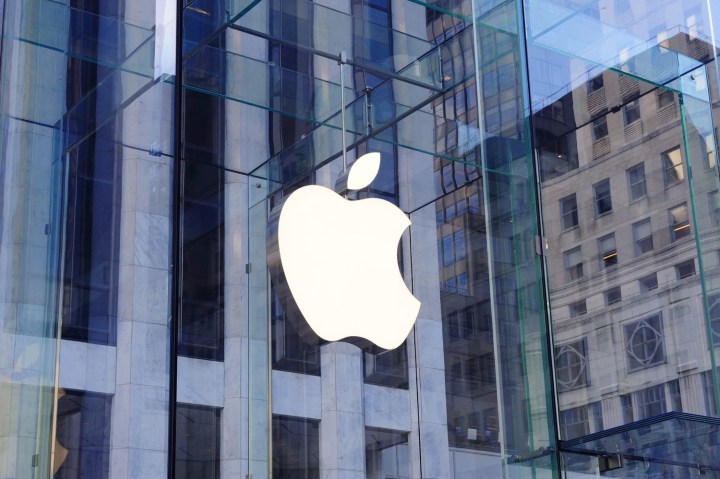
Although not definite, the two firms have apparently agreed on the investment plans but details when it comes to timing and size have yet to be finalized. The decision is expected to be finalized later in July after the company’s board meeting.
While Samsung is considered to be the top manufacturer — dominating more than 95 percent of the smartphone OLED market — LG already provides the AMOLED display for the Apple Watch. So, this new investment would not involve diving into unchartered territory for Apple when it comes to the iPhone’s OLED displays.
An industry source told The Investor that while Samsung is the only display maker that meets the strict criteria for Apple, LG Display is said to be catching up — meeting up to 70 percent of the requirements.
In 2015, LG announced its investment of 10 trillion won — $8.7 billion — into a South Korean factory committed to building OLED displays. The company had already been planning to upgrade space in the facility in order to attract Apple.
The new possible investment from Apple is supposedly going toward LG Display’s new plant — titled E6 — rumored to be for iPhone orders. About 3.5 trillion won is required to produce almost 30,000 OLED units of the glass to then be manufactured in multiple iPhone screens.
There have already been delays with LG Display’s OLED supply for iPhone when purchasing the Canon Tokki’s vacuum machine — the most advanced OLED production equipment — failed. However, sources according to The Investor say the company has secured two units of the machine which should speed up production for Apple speculated to start in 2019.
As for the iPhone 8 design, there are many different rumors about the new specs and OLED screen. Some sources claim it will have the same dimensions as the iPhone 7 with a 5.8-inch OLED screen and 4 mm bezels on every side. Other rumors claim the device will have an OLED screen, no bezels, and a body made of stainless steel.
The switch from LCD to OLED technology will not only change the traditional design of the iPhone by creating one giant display, but will introduce new features like embedding the touch ID sensor into the display. OLED will also contribute to saving battery life since LCD uses more light.


